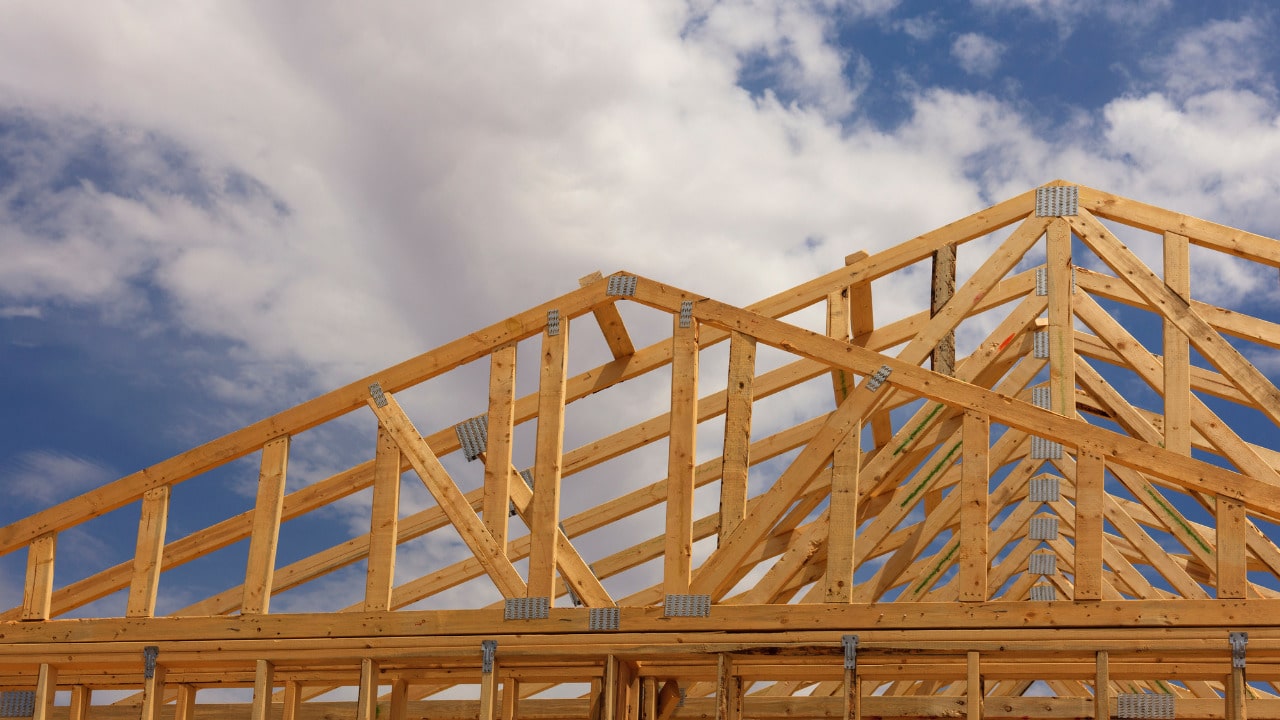How to Maximize Your Insurance Coverage for Truss Uplift
Understanding Truss Uplift: A Comprehensive Guide
Truss uplift, an often underestimated concern in the realm of home construction, can have significant implications for your property. Homeowners insurance policies, while comprehensive, may not explicitly cover damages arising from truss uplift. In this guide, we delve into the intricacies of truss uplift and provide insights on how to maximize your insurance coverage.
Unraveling Truss Uplift: The Culprit of Structural Woes
Truss uplift occurs when the upper chord of a roof truss expands and contracts due to temperature variations, leading to structural shifts. This phenomenon can result in cracked ceilings, wall separation, and compromised structural integrity. Identifying truss uplift early is crucial for proactive mitigation and effective insurance coverage.
Evaluating Your Insurance Policy: The Fine Print Matters
In our pursuit of comprehensive coverage, it’s imperative to scrutinize the fine print of your home insurance policy. Most standard policies may not explicitly mention truss uplift, leaving homeowners vulnerable to unforeseen repair costs. Engage with your insurance provider to understand the extent of coverage and explore potential add-ons for enhanced protection.
Proactive Measures: Strengthening Your Coverage
1. Policy Customization: Tailoring Insurance to Your Needs
Take control of your coverage by customizing your insurance policy. Work closely with your provider to incorporate clauses that explicitly address truss uplift concerns. This ensures that you’re not caught off guard by unexpected repair expenses.
2. Regular Structural Assessments: A Stitch in Time
Prevention is key. Regular structural assessments by certified professionals can identify truss uplift in its early stages. By addressing the issue promptly, you not only safeguard your property but also strengthen your case for insurance claims.
3. Temperature-Responsive Materials: Building a Resilient Home
Consider using temperature-responsive building materials that can accommodate the natural expansion and contraction associated with truss uplift. This proactive approach not only minimizes the risk but also showcases your commitment to a resilient and insurance-friendly home.
Navigating the Claims Process: A Strategic Approach
1. Thorough Documentation: Building a Compelling Case
In the unfortunate event of truss uplift-related damages, meticulous documentation is your greatest ally. Capture high-quality photographs, detailed repair estimates, and professional assessments. This documentation serves as compelling evidence during the claims process.
2. Expert Advocacy: Aligning with Professionals
Engage with structural engineers and contractors who specialize in truss uplift-related issues. Their expertise not only ensures thorough damage assessments but also provides a credible voice to support your insurance claim. Insurance providers often respond positively to well-supported claims backed by industry professionals.
Conclusion: Securing Your Property, Ensuring Peace of Mind
In the complex landscape of home insurance, proactive measures and a deep understanding of truss uplift are your best defense. By customizing your policy, investing in regular assessments, and aligning with experts, you not only maximize your insurance coverage but also fortify your property against the challenges of truss uplift.














